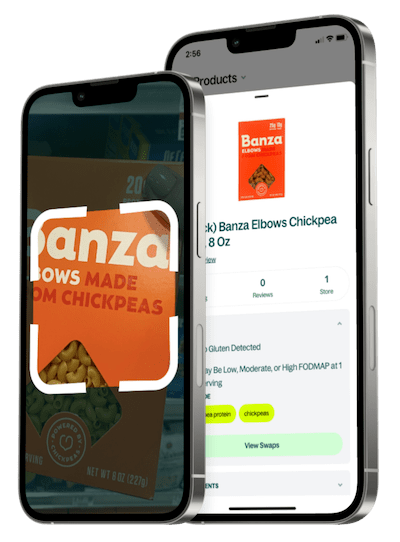Is Emma Promotes Regularity, Bloating And Gas Relief Low FODMAP?


Ingredients
Vitamin D (as Cholecalciferol) 20 Mcg, Thiamin (as Thiamin Hcl) 20 Mg, Riboflavin 20 Mg, Niacin (as Niacinamide) 20 Mg, Vitamin B6 (as Pyridoxine Hcl) 15 Mg, Folate 400 Mcg Dfe (240 Mcg Folic Acid), Vitamin B12 (as Cyanocobalamin) 100 Mcg, Biotin 500 Mcg, Pantothenic Acid (as D-calcium Pantothenate) 20 Mg, Magnesium (as Magnesium Oxide) 90 Mg, Zinc (as Zinc Oxide) 15 Mg, Berberine Hcl 200 Mg (from Berberis Aristata Bark And Root Extract), Resveratrol 125 Mg (from Polygonum Cuspidatum Root Extract), Quercetin (as Quercetin Dihydrate) 125 Mg, Star Anise Seed 100 Mg, Garlic Bulb (1% Allicin) 100 Mg, Deglycyrrhizinated Licorice Root Extract (dgl) 50 Mg, Chicory Root Inulin 50 Mg, Larch Arabinogalactan (heartwood) 50 Mg.
What is a Low FODMAP diet?
A Low FODMAP diet limits foods high in certain short-chain carbohydrates (FODMAPs) that can be poorly absorbed in the gut. These include specific sugars found in foods like onions, garlic, beans, apples, and wheat. It's commonly followed by people with irritable bowel syndrome (IBS) or other digestive sensitivities to reduce bloating, gas, and discomfort. The diet typically involves an elimination phase, followed by gradual reintroduction to identify personal triggers. When followed carefully, often with a dietitian's guidance, a Low FODMAP diet can help manage symptoms while maintaining a balanced and varied intake of nutrients.


